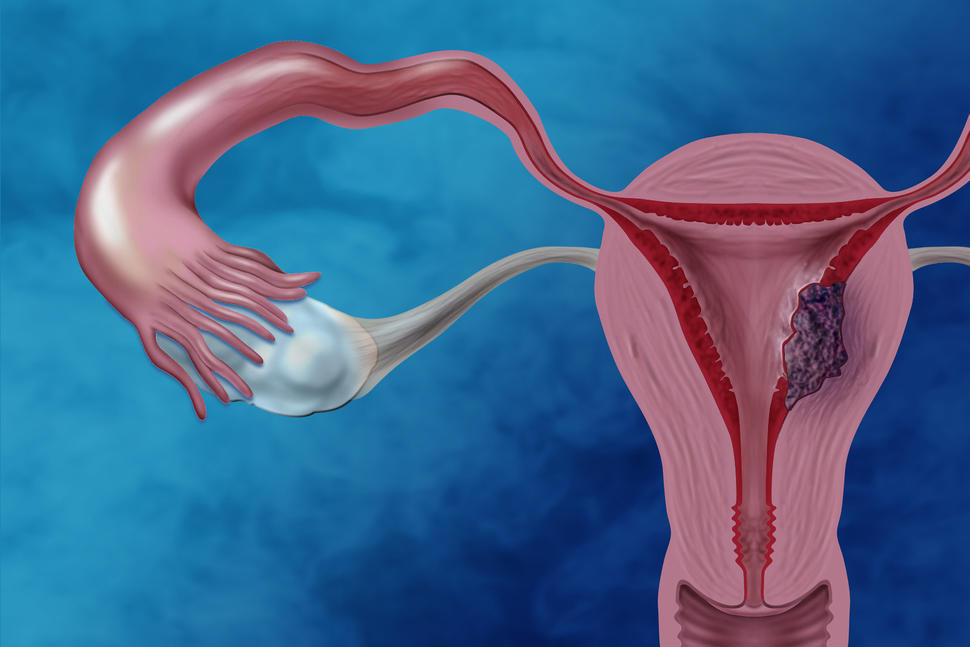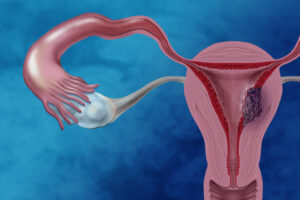Burning Belly Fat May Fuel Aggressive Uterine Cancer in Women, New Study Finds

Burning Belly Fat May Fuel Aggressive Uterine Cancer in Women, New Study Finds
Groundbreaking new research is uncovering a powerful and previously underestimated link between deep belly fat and the progression of endometrial cancer. Findings presented at the 38th Annual Congress of the European Association of Nuclear Medicine (EANM 2025) reveal that it’s not merely the amount of visceral fat — the type stored around internal organs — that poses a threat, but how active that fat is. Specifically, fat that burns more glucose appears to create conditions that help cancer thrive and spread.
With obesity and endometrial cancer both rising worldwide, this discovery could transform how doctors understand cancer risk and guide more precise treatment options for women.
What the Researchers Discovered
Scientists from Haukeland University Hospital and the University of Bergen examined PET/CT scans of 274 women diagnosed with endometrial cancer. They focused on how much glucose was being used by each woman’s visceral fat — a key indicator of how metabolically active that fat was.
Their results were clear and compelling:
Women with higher glucose uptake in their visceral fat were more likely to be diagnosed with advanced stages of endometrial cancer.
These women also had a greater chance of lymph node involvement — a sign the cancer was spreading.
Curiously, the sheer volume of visceral fat did not always align with cancer severity. Instead, the crucial factor was the metabolic activity of the fat — how inflamed and biologically “hot” it was at a cellular level.
Why Metabolically Active Belly Fat Poses a Greater Risk
Visceral fat sits deep in the abdomen, wrapped around organs like the liver, stomach, and intestines. Unlike subcutaneous fat — the softer layer just beneath the skin — visceral fat behaves like a dangerous chemical factory. It produces inflammatory compounds and hormones that can disrupt bodily systems and promote disease.
This type of fat may worsen cancer outcomes in several ways:
Inflammation: Metabolically active fat releases cytokines and fatty acids that create a chronic inflammatory environment, helping tumors grow and spread.
Insulin Resistance: Inflammation from visceral fat interferes with insulin function, which in turn fuels cancer cell growth.
Adipokine Signaling: Fat cells send out chemical messengers called adipokines that “talk” to cancer cells, helping them resist treatment and invade healthy tissue.
This ongoing biochemical conversation between active fat and cancer cells may be a major driver of more aggressive, treatment-resistant forms of endometrial cancer.
Implications for Women’s Health and Cancer Treatment
Obesity has long been recognized as a risk factor for endometrial cancer, especially after menopause. However, this study adds a crucial new dimension: not all fat behaves the same. The way visceral fat functions — how inflamed and active it is — may have a far greater impact on cancer progression than previously believed.
The findings suggest a new frontier in cancer care. By focusing on the metabolic behaviour of visceral fat, healthcare providers could better assess individual risk and potentially develop new therapies. In the future, advanced imaging may help identify “hot” visceral fat, while treatments might aim to reduce its activity or inflammation.












